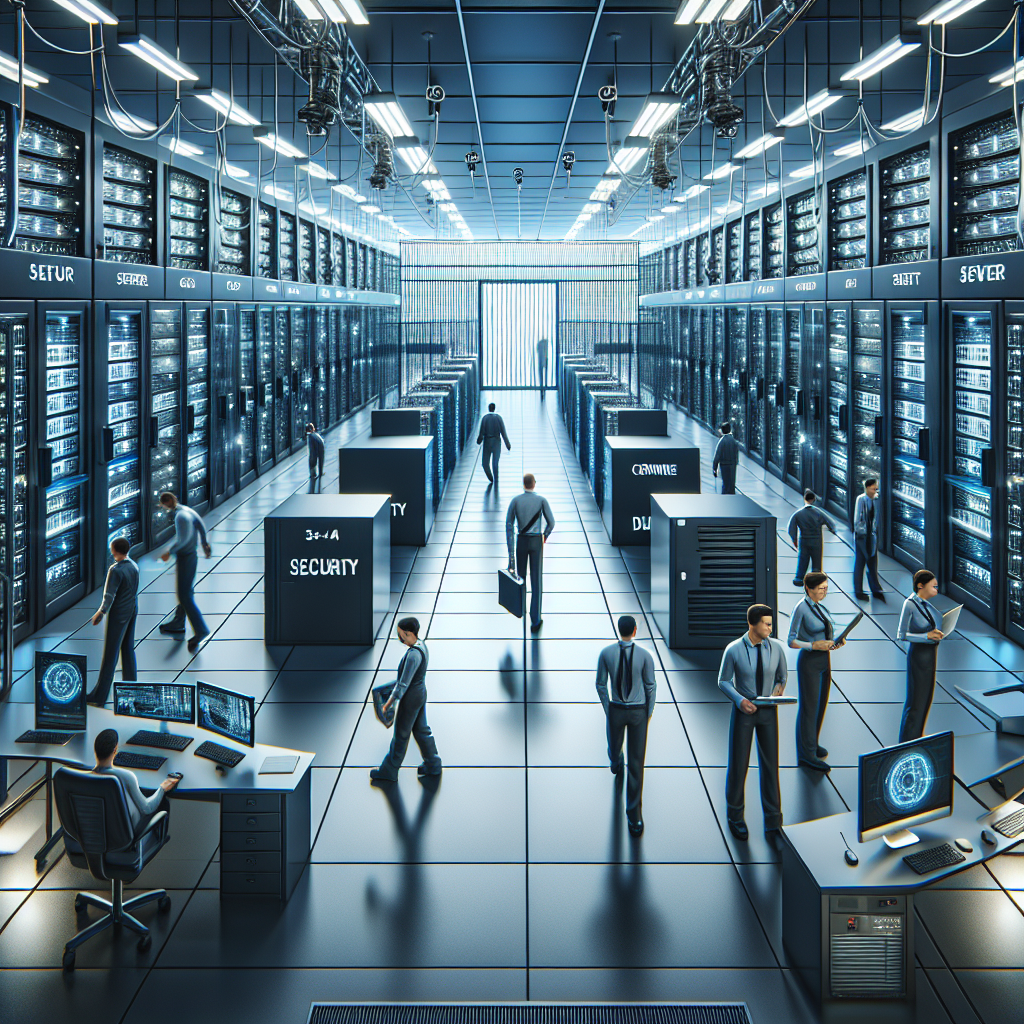Your cart is currently empty!
Ensuring the Physical Safety of Your Data Center

Data centers are critical infrastructure for businesses and organizations, housing the servers and networking equipment that store and process vast amounts of data. As such, ensuring the physical safety of these facilities is of utmost importance to protect valuable information and maintain business operations. Here are some key strategies for safeguarding your data center:
1. Secure Location: Choosing a secure location for your data center is the first step in ensuring its physical safety. Consider factors such as proximity to flood zones, seismic activity, and crime rates when selecting a site for your facility. Additionally, ensure that the building is constructed with robust security measures, such as access control systems, surveillance cameras, and perimeter fencing.
2. Access Control: Implementing strict access control measures is essential to prevent unauthorized individuals from entering the data center. Use biometric authentication, keycard access systems, and security guards to ensure that only authorized personnel can enter the facility. Limit access to critical areas within the data center, such as server rooms and networking closets, to further enhance security.
3. Monitoring and Surveillance: Installing surveillance cameras throughout the data center can help deter criminal activity and provide valuable footage in the event of a security breach. Monitor the cameras in real-time and store the footage for future reference. Additionally, consider implementing motion sensors and alarms to alert security personnel of any suspicious activity.
4. Environmental Controls: Maintaining optimal environmental conditions within the data center is crucial to prevent equipment failure and data loss. Implement temperature and humidity monitoring systems to ensure that the facility remains within acceptable limits. Install fire suppression systems, such as sprinklers and fire extinguishers, to protect against potential hazards.
5. Redundant Power Systems: Power outages can pose a significant threat to the physical safety of a data center, leading to data loss and downtime. Implement redundant power systems, such as uninterruptible power supplies (UPS) and backup generators, to ensure continuous operation in the event of a power failure. Regularly test and maintain these systems to ensure they are functioning properly.
6. Disaster Recovery Planning: In the event of a natural disaster or other unforeseen event, having a comprehensive disaster recovery plan in place is essential to minimize data loss and downtime. Develop a plan that outlines procedures for data backup, restoration, and relocation in the event of an emergency. Test the plan regularly to ensure its effectiveness.
By implementing these strategies, businesses and organizations can ensure the physical safety of their data centers and protect valuable information from potential threats. Investing in robust security measures, monitoring systems, and disaster recovery planning can help safeguard the integrity of a data center and maintain business continuity in the face of adversity.

Leave a Reply